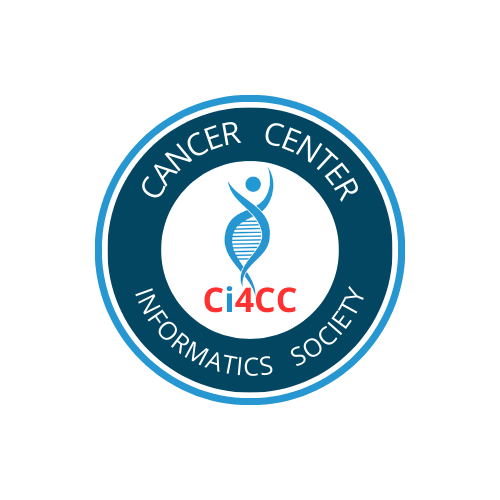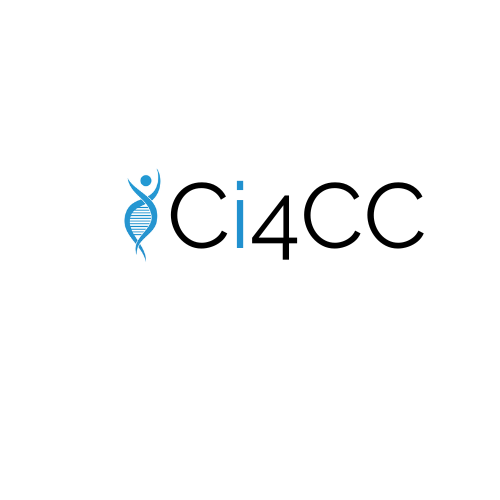A New Initiative on Precision Medicine
“Tonight, I'm launching a new Precision Medicine Initiative to bring us closer to curing diseases like cancer and diabetes — and to give all of us access to the personalized information we need to keep ourselves and our families healthier.”
— President Barack Obama, State of the Union Address, January 20, 2015
President Obama has long expressed a strong conviction that science offers great potential for improving health. Now, the President has announced a research initiative that aims to accelerate progress toward a new era of precision medicine (www.whitehouse.gov/precisionmedicine). We believe that the time is right for this visionary initiative, and the National Institutes of Health (NIH) and other partners will work to achieve this vision.
The concept of precision medicine — prevention and treatment strategies that take individual variability into account — is not new1; blood typing, for instance, has been used to guide blood transfusions for more than a century. But the prospect of applying this concept broadly has been dramatically improved by the recent development of large-scale biologic databases (such as the human genome sequence), powerful methods for characterizing patients (such as proteomics, metabolomics, genomics, diverse cellular assays, and even mobile health technology), and computational tools for analyzing large sets of data. What is needed now is a broad research program to encourage creative approaches to precision medicine, test them rigorously, and ultimately use them to build the evidence base needed to guide clinical practice.
The proposed initiative has two main components: a near-term focus on cancers and a longer-term aim to generate knowledge applicable to the whole range of health and disease. Both components are now within our reach because of advances in basic research, including molecular biology, genomics, and bioinformatics. Furthermore, the initiative taps into converging trends of increased connectivity, through social media and mobile devices, and Americans' growing desire to be active partners in medical research.
Oncology is the clear choice for enhancing the near-term impact of precision medicine. Cancers are common diseases; in the aggregate, they are among the leading causes of death nationally and worldwide, and their incidence is increasing as the population ages. They are also especially feared, because of their lethality, their symptoms, and the often toxic or disfiguring therapies used to treat them. Research has already revealed many of the molecular lesions that drive cancers, showing that each cancer has its own genomic signature, with some tumor-specific features and some features common to multiple types. Although cancers are largely a consequence of accumulating genomic damage during life, inherited genetic variations contribute to cancer risk, sometimes profoundly. This new understanding of oncogenic mechanisms has begun to influence risk assessment, diagnostic categories, and therapeutic strategies, with increasing use of drugs and antibodies designed to counter the influence of specific molecular drivers. Many targeted therapies have been (and are being) developed, and several have been shown to confer benefits, some of them spectacular.2 In addition, novel immunologic approaches have recently produced some profound responses, with signs that molecular signatures may be strong predictors of benefit.3
These features make efforts to improve the ways we anticipate, prevent, diagnose, and treat cancers both urgent and promising. Realizing that promise, however, will require the many different efforts reflected in the President's initiative. To achieve a deeper understanding of cancers and discover additional tools for molecular diagnosis, we will need to analyze many more cancer genomes. To hasten the adoption of new therapies, we will need more clinical trials with novel designs4 conducted in adult and pediatric patients and more reliable models for preclinical testing. We will also need to build a “cancer knowledge network” to store the resulting molecular and medical data in digital form and to deliver them, in comprehensible ways, to scientists, health care workers, and patients.
The cancer-focused component of this initiative will be designed to address some of the obstacles that have already been encountered in “precision oncology”: unexplained drug resistance, genomic heterogeneity of tumors, insufficient means for monitoring responses and tumor recurrence, and limited knowledge about the use of drug combinations.
Precision medicine's more individualized, molecular approach to cancer will enrich and modify, but not replace, the successful staples of oncology — prevention, diagnostics, some screening methods, and effective treatments — while providing a strong framework for accelerating the adoption of precision medicine in other spheres. The most obvious of those spheres are inherited genetic disorders and infectious diseases, but there is promise for many other diseases and environmental responses.
The initiative's second component entails pursuing research advances that will enable better assessment of disease risk, understanding of disease mechanisms, and prediction of optimal therapy for many more diseases, with the goal of expanding the benefits of precision medicine into myriad aspects of health and health care.
The initiative will encourage and support the next generation of scientists to develop creative new approaches for detecting, measuring, and analyzing a wide range of biomedical information — including molecular, genomic, cellular, clinical, behavioral, physiological, and environmental parameters. Many possibilities for future applications spring to mind: today's blood counts might be replaced by a census of hundreds of distinct types of immune cells; data from mobile devices might provide real-time monitoring of glucose, blood pressure, and cardiac rhythm; genotyping might reveal particular genetic variants that confer protection against specific diseases; fecal sampling might identify patterns of gut microbes that contribute to obesity; or blood tests might detect circulating tumor cells or tumor DNA that permit early detection of cancer or its recurrence.
Such innovations will first need to be tested in pilot studies. We will initially want to take advantage of the rare settings where it is already possible to collect rich information through clinical trials, electronic medical records, and other means.
Ultimately, we will need to evaluate the most promising approaches in much larger numbers of people over longer periods. Toward this end, we envisage assembling over time a longitudinal “cohort” of 1 million or more Americans who have volunteered to participate in research. Participants will be asked to give consent for extensive characterization of biologic specimens (cell populations, proteins, metabolites, RNA, and DNA — including whole-genome sequencing, when costs permit) and behavioral data, all linked to their electronic health records. Qualified researchers from many organizations will, with appropriate protection of patient confidentiality, have access to the cohort's data, so that the world's brightest scientific and clinical minds can contribute insights and analysis. These data will also enable observational studies of drugs and devices and potentially prompt more rigorous interventional studies that address specific questions.
Such a varied array of research activities will propel our understanding of diseases — their origins and mechanisms, and opportunities for prevention and treatment — laying a firm, broad foundation for precision medicine. It will also pioneer new models for doing science that emphasize engaged participants and open, responsible data sharing. Moreover, the participants themselves will be able to access their health information and information about research that uses their data.
The research cohort will be assembled in part from some existing cohort studies (many funded by the NIH) that have already collected or are well positioned to collect data from participants willing to be involved in the new initiative. Creating this resource will require extensive planning to achieve the appropriate balance of participants, develop new approaches to participation and consent, and forge strong partnerships among existing cohorts, patient groups, and the private sector. It will also be crucial to carefully examine the successes and shortfalls of other longitudinal cohort studies.
Achieving the goals of precision medicine will also require advancing the nation's regulatory frameworks. To unleash the power of people to participate in research in innovative ways, the NIH is working with the Department of Health and Human Services to bring the Common Rule, a decades-old rule originally designed to protect research participants,5 more in line with participants' desire to be active partners in modern science. To help speed the translation of such discoveries, the Food and Drug Administration is working with the scientific community to make sure its oversight of genomic technology supports innovation, while ensuring that the public can be confident that the technology is safe and effective.
Although the precision medicine initiative will probably yield its greatest benefits years down the road, there should be some notable near-term successes. In addition to the results of the cancer studies described above, studies of a large research cohort exposed to many kinds of therapies may provide early insights into pharmacogenomics — enabling the provision of the right drug at the right dose to the right patient. Opportunities to identify persons with rare loss-of-function mutations that protect against common diseases may point to attractive drug targets for broad patient populations. And observations of beneficial use of mobile health technologies may improve strategies for preventing and managing chronic diseases.
Ambitious projects like this one cannot be planned entirely in advance; they should evolve in response to scientific and medical findings. Much of the necessary methodology remains to be invented and will require the creative and energetic involvement of biologists, physicians, technology developers, data scientists, patient groups, and others. The efforts should ideally extend beyond our borders, through collaborations with related projects around the world. Worldwide interest in the initiative's goals should motivate and attract visionary scientists from many disciplines.
This initiative will also require new resources; these should not compete with support of existing programs, especially in a difficult fiscal climate. With sufficient resources and a strong, sustained commitment of time, energy, and ingenuity from the scientific, medical, and patient communities, the full potential of precision medicine can ultimately be realized to give everyone the best chance at good health.
Share this Article with others





